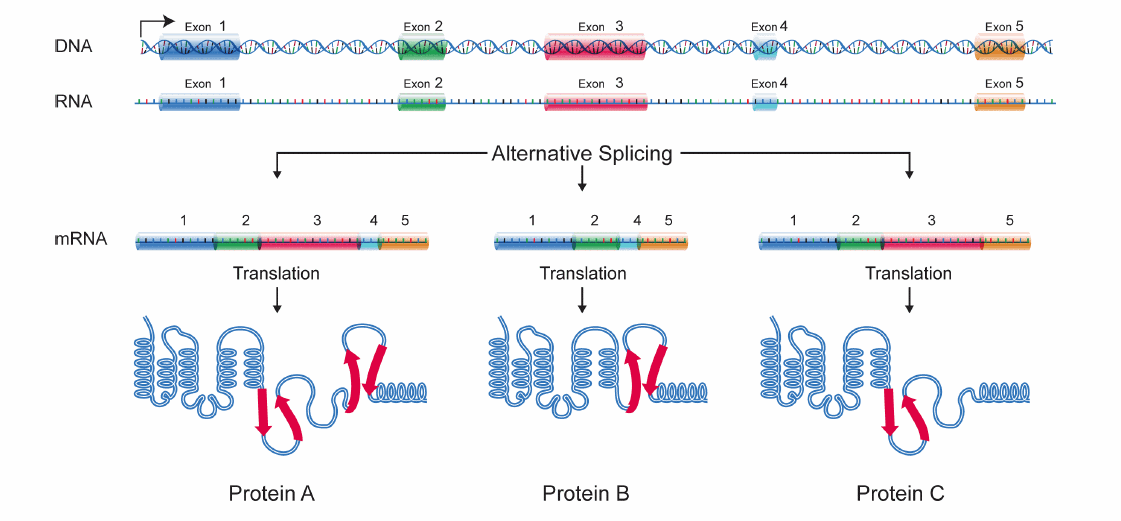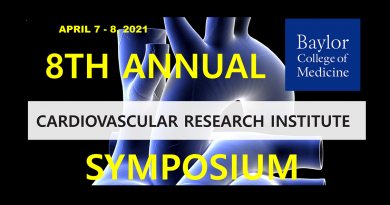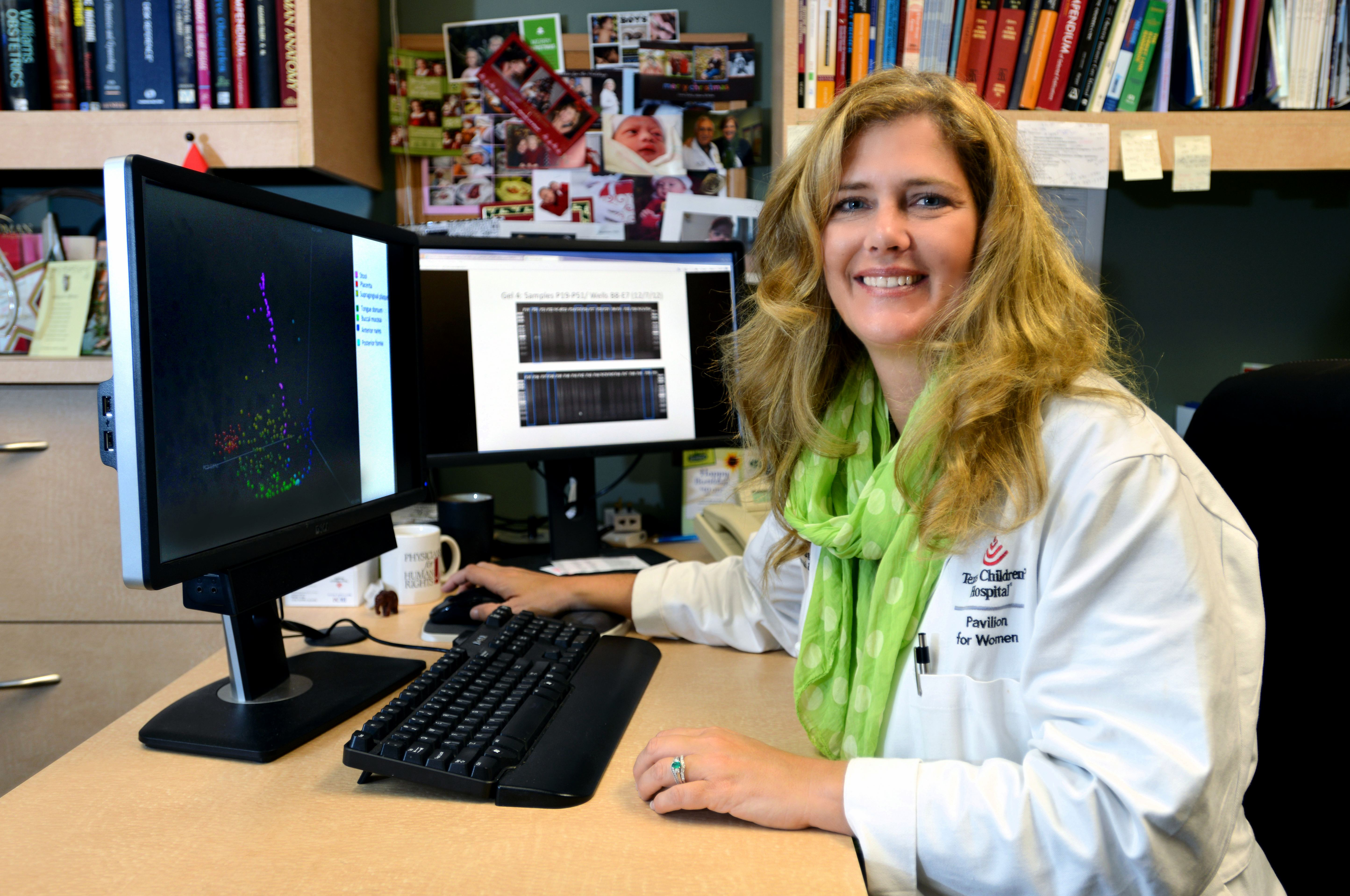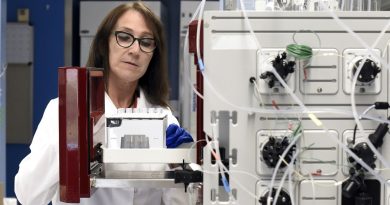Alternative splicing is crucial to muscle mass maintenance
Despite the importance that changes in muscle mass have in aging, overall body metabolism and in chronic disease, we still don’t fully understand the mechanisms that contribute to maintaining adult muscle mass.

 “A number of cell signaling and metabolic pathways have been studied regarding their involvement in sustaining adult muscle mass, but not alternative splicing,” said Dr. Thomas Cooper, professor of pathology & immunology, of molecular and cellular biology and of molecular physiology and biophysics at Baylor College of Medicine.
“A number of cell signaling and metabolic pathways have been studied regarding their involvement in sustaining adult muscle mass, but not alternative splicing,” said Dr. Thomas Cooper, professor of pathology & immunology, of molecular and cellular biology and of molecular physiology and biophysics at Baylor College of Medicine.
Alternative splicing is a cellular mechanism that allows cells to produce many different proteins from a single gene. A gene can be visualized as a short string of ‘beads’ or exons. Each bead codes for a different piece of the final protein. Alternative splicing allows the cell to make different proteins by combining the ‘beads’ in different ways.
The researchers and other groups previously determined that alternative splicing regulators Rbfox1 and Rbfox2 were required for muscle development and function, but Cooper’s group hypothesized that the two proteins worked together, and their combined role in adult muscle had not been studied before.

“To determine whether alternative splicing played a role in sustaining adult muscle mass, we disrupted the process in adult mice by knocking out the genes Rbfox1 and Rbfox2 only in skeletal muscles. Then, we looked at the effect this disruption had in muscles in the animals’ limbs,” said Dr. Ravi Singh, instructor of pathology & immunology at Baylor College of Medicine.
The critical role of alternative splicing

“We observed that the knockout mice rapidly lost about half of their skeletal muscle mass within four weeks,” Singh said. “Two weeks after knocking out the genes Rbfox1 and Rbfox2, hundreds of other genes altered their expression and other genes their alternative splicing, including the capn3 gene, which switched splicing to produce an active form of a protease, an enzyme that degrades proteins.”
“Taking all our observations together, we attributed the loss of muscle mass to an increase in degradation of muscle protein rather than a reduction of protein synthesis,” said Cooper, who also is the S. Donald Greenberg and R. Clarence and Irene H. Fulbright Professor and a member of the Dan L Duncan Comprehensive Cancer Center at Baylor. “The results indicate that the Rbfox splicing regulators, which are highly conserved from the worm C. elegans to humans, are essential for maintaining skeletal muscle mass in adult mice.”
“Our contribution has implications for studies on the role of muscle mass in metabolism and on muscle mass loss in aging and chronic disease,” Singh said.
Read all the details of this study in the journal Cell Reports.
Other contributors to this work include Arseniy M. Kolonin and Marta L. Fiorotto, both at Baylor College of Medicine.
Support for this project was provided by the Mouse Phenotyping Core at Baylor College of Medicine with funding from the National Institutes of Health (UM1HG006348), the USDA ARS (USDA CRIS 6250-51000-054), a postdoctoral fellowship and Scientist Development Grant from the American Heart Association (12POST11770017 and 15SDG25610021) and by grants from the Muscular Dystrophy Association (MDA276796) and NIH (R01HL045565, R01AR060733, and R01AR045653).



